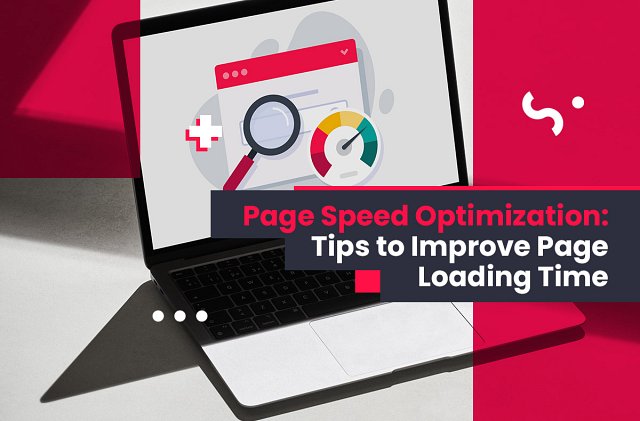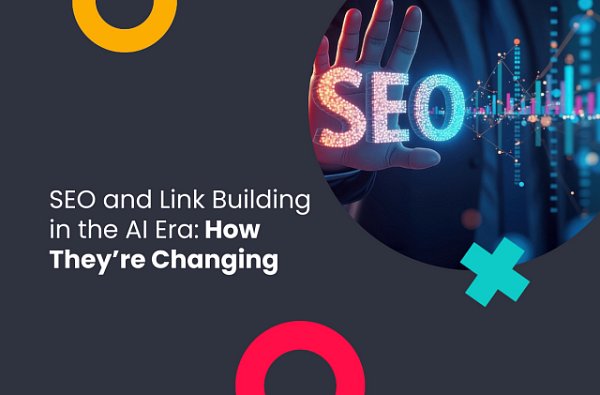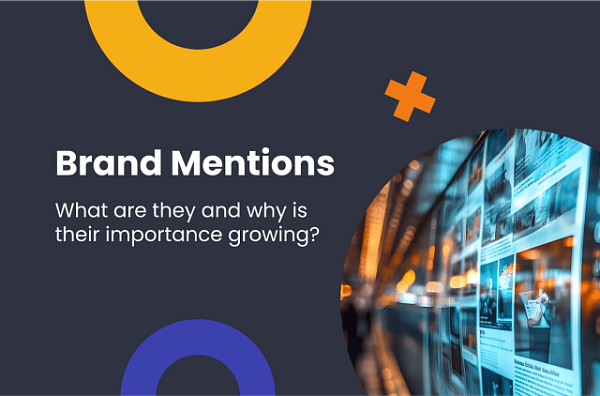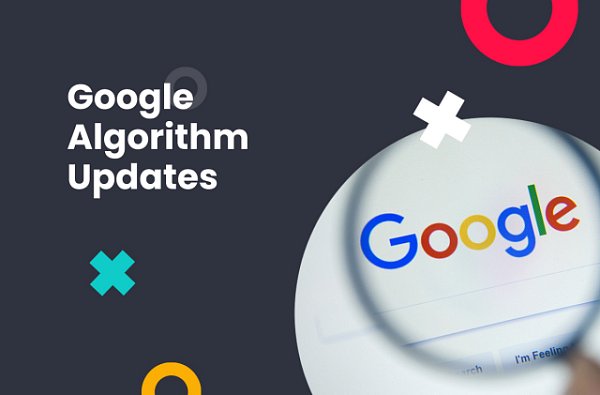(12 min. read)

Table of Contents
What does “Page Speed” mean?
What makes Page Speed so important?
Measuring Page Speed on your website
Largest Contentful Paint
First Input Delay
Cumulative Layout Shift
Key factors that influence Page Speed
Server performance
Image optimization
Code optimization
Web design
Third-party scripts
Browser caching
Content Delivery Networks (CDNs)
Benefits of Page Speed Optimization
Popular tools for Page Speed Optimization
Google PageSpeed Insights
Lighthouse
GTmetrix
Pingdom
WebPageTest
Conclusion: Page Speed Optimization is the key to SEO
What does “Page Speed” mean?
At its simplest definition, page speed is the amount of time it takes for a web page to fully load and display its content to users. This includes all the steps of loading your website, starting from the moment a user enters a URL until all page elements, including text, images, videos, and scripts, are all loaded and rendered in the browser.
What makes Page Speed so important?
Page speed directly impacts user experience, search engine rankings, and overall success of any modern online business. Fast-loading web pages are better at retaining viewers, promote higher engagement, and lower bounce rate. As you may imagine, users typically prefer websites that load quickly, and any potential delays can make them lose interest in your site.
Understanding what factors influence your page speed and optimizing your website with them in mind is essential for delivering a smooth and enjoyable browsing experience. First, however, you’ll need to know how to measure your current web page speed to identify specific bottlenecks and performance issues.
Don’t presume your website is fine because it performs above average. Differences of as little as 0.25 seconds, according to Harry Shum of Microsoft, can give online businesses a competitive advantage.
Measuring Page Speed on your website
Measuring your page speed is the first step to any successful optimization strategy. There is a vast amount of tools and metrics that can help you analyze your website’s page load time, providing valuable insights into its performance.
Page speed as a whole is a complex concept, but with the right metrics, you can identify which areas contribute to poor performance. TTFB, or Time to First Byte, is one of such core metrics, and describes the time it takes for a user’s browser to receive the first byte of data from the server after a request. It helps assess server response time and the efficiency of your back-end infrastructure. Lower TTFB means better server performance.
FCP, or First Contentful Paint, is another important metric, essential for user experience. FCP measures the time taken for the first piece of content, like text or images, to appear on the screen during the loading process. Low FCP gives the user reassurance that something is happening, improving the initial impression of your website and its perceived performance experience by users. A good FCP should be below 1.8 seconds in general, but you should always aim to perform better than your direct competitors.
The most critical factors of web page speed, according to Google’s Core Web Vitals, are the Largest Contentful Paint (LCP), First Input Delay (FID), and Cumulative Layout Shift (CLS).
Largest Contentful Paint
The LCP measures perceived load speed, pinpointing the moment when your page’s main content has most likely loaded, in contrast to FCP, which shows the time to load the first element. The value of your LCP is equal to the time it takes for the largest image or text block within the viewport to render, measured from the moment your web page first started loading. You should aim for an LCP of 2.5 seconds or less.
First Input Delay
The FID is used to calculate website responsiveness, measuring how long it takes from a visitor’s first interaction with your web page until the browser starts to process event handlers in response. In simpler terms, it’s the delay that occurs when a user tries to interact with your page while it’s still loading, estimating responsiveness. For the best user experience, website owners should aim for an FID of 100 ms or less. Optimizing your FID can involve reducing the impact of third-party scripts, breaking up Long Tasks, or reducing JavaScript execution time.
Cumulative Layout Shift
Finally, the Cumulative Layout Shift (CLS) measures visual stability of your website. When elements on your webpage move around as it’s loading, it can be confusing for users and may lead to accidental clicks or frustration when interacting with the page. For instance, if a user is about to click a link or a button, and the page layout suddenly shifts, they might end up clicking on something different and leave your website out of annoyance. Ideally, websites should aim for a CLS score below 0.1.
All of these metrics, can be verified using the Page Speed Insights by Google. By entering your website URL into the tool, you can obtain a comprehensive analysis of your page speed and receive recommendations for optimizing performance based on these metrics.
Key factors that influence Page Speed
When wanting to speed up the website - both to improve the user-experience and to make it better in terms of SEO - these are the most important factors one has to pay attention to:
Server performance
The efficiency and capacity of your web server will directly impact page load time. A slow or overloaded server can result in longer TTFB values, increasing the time it takes for your viewers to start loading content. Your hardware, network connectivity, and efficiency of your server-side processing will all influence server performance. For improved scalability and lower infrastructure costs, many online businesses have moved their server from premises to the cloud.
Image optimization
Images often make up a significant portion of a page’s total size - especially unoptimized images, which can slow down page loading times, particularly for users with slower internet connections. Make sure that all your images are properly compressed and resized to lower their file size without sacrificing quality. Most image editing software includes lossless compression technology optimized for websites, and CMS systems like WordPress offer a range of plugins to better optimize images.
Code optimization
The size and complexity of your HTML, CSS, and JavaScript files, along with all others that can affect your website’s loading speed. Similarly, your back-end programming should be optimized for speed and performance to lower the stress on your servers. Using efficient data types, keeping the code simple, and removing unnecessary calculations can all contribute to a better page load time for the end user.
Web design
Your website’s design can be a significant factor in determining its page speed. Websites rich in high-resolution images, interactive content, animations, etc. can increase page load times. Consider whether your infrastructure can handle the load of your current web design, and whether your user can still comfortably load your page, considering their own internet speeds.
Third-party scripts
Most plugins and scripts that you add to your website can impact your page speed, increasing the resources needed to process and load each page. Some plugins can involve conflicting coding, creating further problems and decreasing performance. Make sure to limit any third-party scripts and plugins to essential ones only, as well as checking for compatibility issues.
Browser caching
Browser caching allows users’ browsers to store static files, such as images, stylesheets, and scripts, from your website locally. This reduces the number of needed server requests and helps improve page load times for subsequent visits. Enabling browser caching can significantly enhance your website’s loading speed and overall website performance.
Content Delivery Networks (CDNs)
CDNs can distribute your content across a network of servers located around the world, reducing the distance between users and your content. With a Content Delivery Network, each visitor will connect to the closest server, minimizing latency and improving the loading speed of your website for users in different geographic locations. Using a CDN can have a major impact on your website’s global performance and it is worth considering when improving your website speed.
Benefits of Page Speed Optimization
Improving your website’s page speed leads to many benefits, both for your users and your business. Let’s take a closer look at some key advantages you can expect from implementing proper website speed optimization solutions:
- Improved User Experience – Faster-loading web pages mean users can access and consume your content quicker and more efficiently. This leads to a more satisfying browsing experience, which encourages users to stay longer on your site and engage with your page. A better user experience can also reduce bounce rate and lead to increased visitor retention.
- Increased Traffic – Speed is one of the deciding factors that users consider (even subconsciously) when choosing whether to visit a website or not. A fast-loading page is more likely to attract and retain visitors, which will be more likely to recommend your site to others or share, driving even more traffic to your site.
- Higher Conversion Rates – Website speed can directly impact your conversion rates, as users are more likely to complete the desired actions (such as making a purchase or signing up for a newsletter) on a website that loads fast. By optimizing your page speed, you can provide a smooth and efficient experience to visitors, encouraging conversions.
- Improved Search Engine Rankings – Google includes website speed as a ranking factor in its search algorithms. Fast loading web pages are more likely to achieve higher rankings in search results, leading to increased visibility and more organic traffic. Google reviews many user experience metrics, including page speed, and Core Web Vitals in its ranking criteria, making website speed optimization crucial for SEO.
In 2022, Google introduced a new Page Experience update. It further increased the importance of using an SSL protocol and converting your site to HTTPS. Any intrusive ads will now more negatively impact page ranking, and Core Web Vitals are now more impactful than ever before. The key metrics for websites to focus on according to Google guidelines, are the Largest Contentful Paint (LCP), Cumulative Layout Shift (CLS), and First Input Delay (FID). Ranking drops may also occur for sites that aren’t optimized for mobile devices, so make sure to implement appropriate fixes to prevent from falling down in SERP rankings.
Popular tools for Page Speed Optimization
Website speed testing is an essential step in optimizing your page's performance, and there are several popular tools available. Using them you can quickly identify potential issues and receive actionable recommendations for improvement. Let’s go over some of the most popular page speed optimization tools:
Google PageSpeed Insights
Google PageSpeed Insights is a free tool from Google that measures the performance of a page for both mobile devices and desktop. The tool analyzes your website using many valuable metrics, including LCP, FID, CLS, FCP, INP, and TTFB. Below the results, you’ll find detailed descriptions of your site’s issues, along with suggestions for improvements. It’s a highly recommended tool, given the fact it provides insights straight from Google.
Lighthouse
Lighthouse is an open-source tool developed by Google that audits a website’s performance, accessibility, SEO, and more. It provides a set of scores across various categories, offering detailed reports and recommendations for improvement. Lighthouse can operate in Chrome DevTools, as a Node module, or automated via shell scripts from the command line. The tool is also accessible from a simple web UI, without the need to install anything
If you’re looking for a free, automated, and powerful tool for analyzing your web pages’ performance, Lighthouse is an excellent choice. Lighthouse focuses on Google’s Core Web Vitals, making sure all recommended improvements will work towards improving your SERP ranking.
GTmetrix
Like other tools, GTmetrix provides a comprehensive analysis of your website’s speed and performance. You’ll receive a grade-based performance score, based on a range of metrics. In addition, GTmetrix also offers easy-to-read waterfall charts that’ll help you understand which elements are taking the longest to load, along with ready-to-implement recommendations to optimize your website.
GTmetrix offers a free basic plan, as well as paid memberships starting at about $10 a month for yearly plans and $13 for monthly. Premium users get access to more monitored slots and weekly on-demand performance tests, as well as longer data retention and premium test locations.
Pingdom
Pingdom is a tool that offers website performance monitoring, along with insights to make your website run faster. The tool has a user-friendly interface and is generally easy to use, providing performance grades in different categories with specific advice on what to fix and how to fix it. You’ll also receive detailed reports on load times and be able to stay ahead of any network outages, assessing them in just a few clicks
The software simulates user interactions, allowing you to easily pinpoint any errors in your flows. Pingdom offers a free 30-day trial, after which you can purchase separate access to either Synthetic Monitoring and Real User Monitoring, each starting at $10 per month for annual plans.
WebPageTest
WebPageTest is another free tool that provides detailed performance insights, along with visual comparisons with other websites that’ll help you better understand why changes are necessary. With WebPageTest, users can run tests from multiple locations around the world, on a variety of devices, making it a highly versatile tool.
Users can also purchase access to WebPageTest Pro, starting at $15 per month, granting them access to more monthly tests (free users get 300 monthly test runs). Pro users also gain access to more test locations, priority access, API integration, custom tests, bulk testing, and more. They can also make no-code experiments, visualizing the impact of suggested optimizations without actually changing their website at all.
Conclusion: Page Speed Optimization is the key to SEO
There is no denying how important website speed is in shaping both the user experience and the success of online brands. Fast, seamless, and efficient websites perform better in SERP rankings, positively impact user engagement, and help boost conversion rates.
Understanding the factors that influence your website speed and implementing effective optimization strategies is vital. From server performance and image optimization to efficient coding and using CDNs, there are many areas to address when optimizing your site. Tools like Google PageSpeed Insights or Lighthouse can provide webmasters with valuable insights and actionable recommendations that will enhance their website’s speed and performance.
Regularly monitoring and optimizing your website can lead to increased user satisfaction and web traffic, helping businesses convert visitors to customers. Keep in mind that this is not a one-time task, but a continuous process of analyzing and refining. Keeping a close eye on your website’s speed performance can help make sure you’re always providing the best possible experience for your visitors, which highly contributes to creating a successful online presence.
For your visitors, every second counts. Try to do everything you can to reduce page loading time – with so many tools to help you, there is no excuse.



